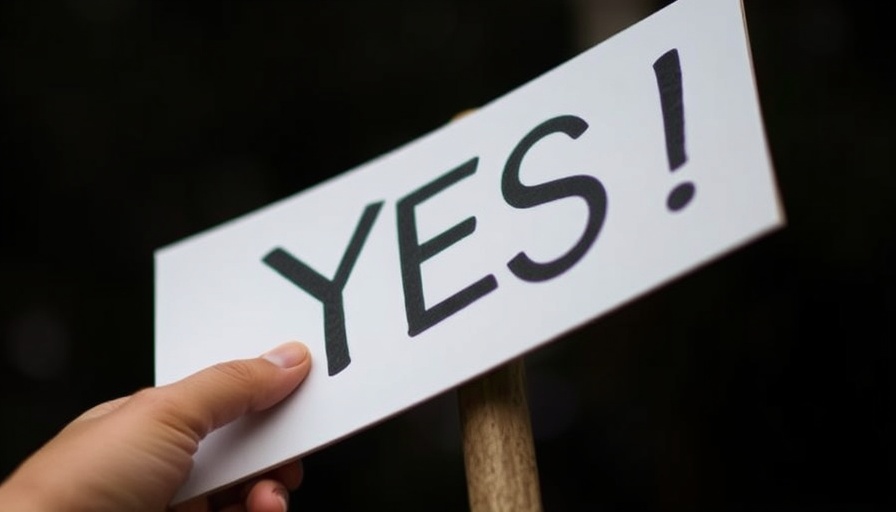
Understanding Stress Relief Techniques for Everyday Life
In a fast-paced world, finding calm amidst daily chaos can feel challenging. Stress is an inevitable part of life, but simple stress relief techniques can significantly improve our emotional well-being. From deep breathing to social connections, implementing small changes can lead to more profound mental tranquility. Here, we'll explore various methods to incorporate relaxation and mindfulness into your daily routine, ensuring a balance between physical and mental health.
Deep Breathing: The Power of Controlled Breaths
Deep breathing is one of the most accessible stress relief techniques available. Engaging in controlled breathing can lower heart rates and diminish tension in a matter of minutes. To practice this, find a comfortable spot, close your eyes, and breathe in through your nose for four seconds, hold for two, and then exhale through your mouth for four seconds. Repeat this cycle 3-5 times, and notice how your stress starts to fade away. This simple exercise can be done anywhere, making it an effectively adaptable technique for managing stress throughout your day.
Stay Active: Embrace Movement for Mental Health
Physical activity is one of the best ways to combat stress. Engaging in low-impact exercises like walking, yoga, or swimming can promote endorphin release, which are the body's natural mood boosters. Particularly for those aged 18-50, mixing physical activity with social connections can enhance this experience. Joining local fitness classes not only keeps you fit but also helps foster a sense of community, making exercise enjoyable rather than a chore. Incorporating just a few sessions a week can lead to significant mental health benefits.
Mindfulness and Meditation: Finding Your Center
Mindfulness practices, including meditation, have gained popularity for their ability to focus the mind and alleviate stress. Just dedicating ten minutes a day to quiet reflection can help provide clarity in chaotic times. Simple guided meditations or visualization techniques can enhance your awareness and build resilience against stress. Consider participating in local or online meditation groups to discover a community-centered approach to this practice, promoting mental wellness and fostering supportive networks.
The Importance of Connection: Building Emotional Resilience
Social connections are essential to our emotional well-being. Engaging with family, friends, and community groups fosters support and a sense of belonging. This emotional network plays a vital role in managing stress levels. Regular interaction, whether it’s a simple call or attending community gatherings, can provide an outlet for support and help reduce feelings of isolation. Individuals in the 18-50 age group should prioritize these connections, as the camaraderie not only enhances mental health but also ignites a positive cycle of interaction.
Taking Steps Toward Stress Relief
Understanding these stress relief techniques can empower individuals to take charge of their mental health. By integrating deep breathing, consistent physical activity, mindfulness, and social connections into your daily routine, you will be better equipped to face the challenges of life. Each technique offers unique benefits, complementing a holistic approach to mental wellness. Whether you’re a beginner or someone looking to refine your relaxation strategies, remember that the first step is to consciously prioritize your emotional well-being.
With the rise of awareness surrounding mental health, it’s crucial to actively seek these practices that can foster resilience and contentment. Implement these insights into your life, and don’t hesitate to reach out for support when needed. Let’s shift the conversation around stress relief to one that values individual experiences and collective well-being.
 Add Row
Add Row  Add
Add 




 Add Row
Add Row  Add
Add 

Write A Comment